Russia has begun fielding a newly upgraded version of its Geran-2 suicide drone—based on the Iranian Shahed-136 design—featuring artificial intelligence and a range of advanced electronic components.

The drone, identified by onboard board number MS001, represents a significant evolution over the standard Geran-2, according to an exclusive technical analysis provided to UNITED24 Media by Ukraine’s military intelligence agency (HUR) on June 24.
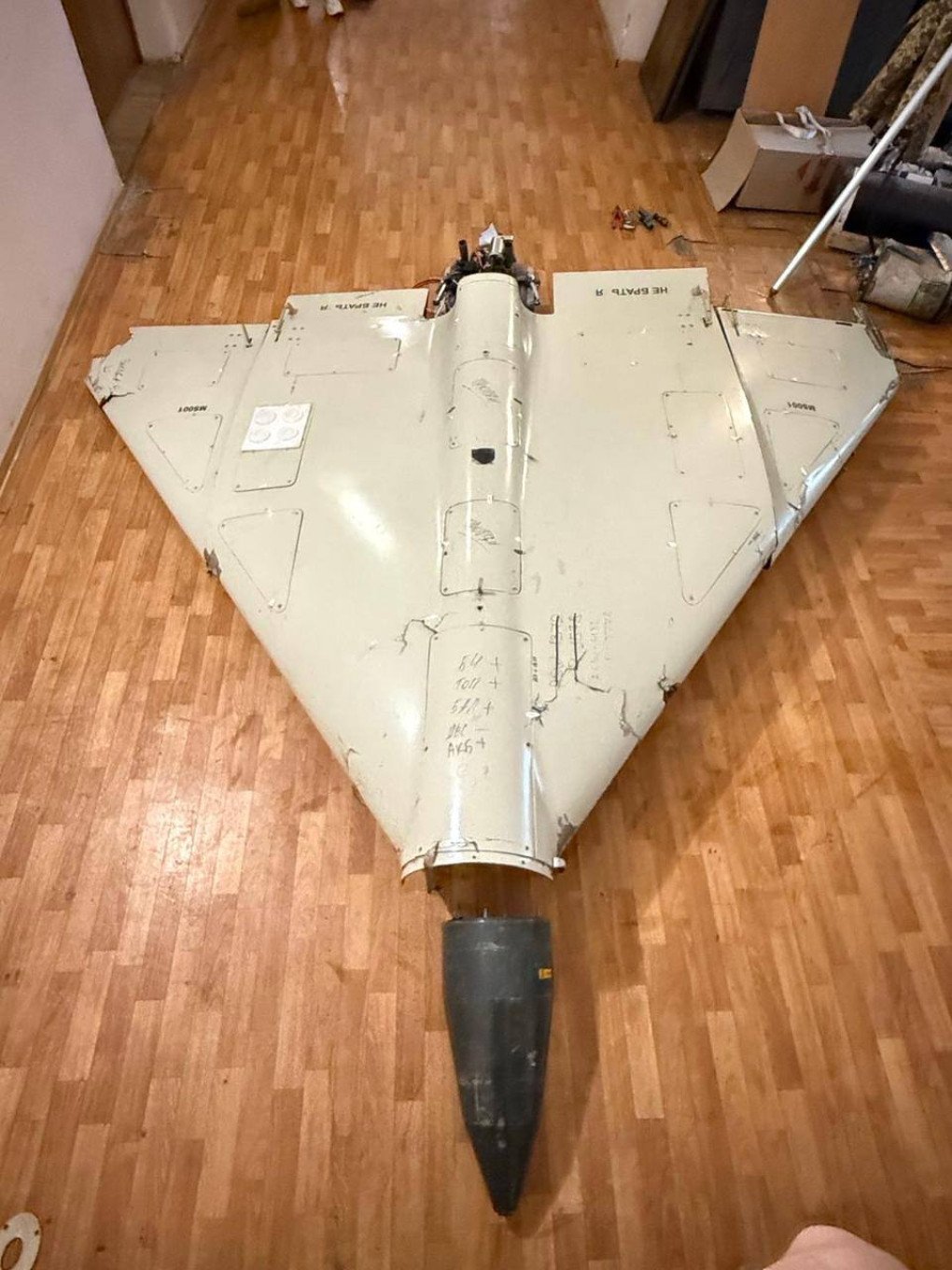
While it retains the same core flight controller, power supply, and navigation system, HUR experts note major upgrades in signal processing, video streaming, and potential AI capabilities.
AI onboard: Nvidia tech at the core
One of the most striking additions is a new signal processing unit built around a specialized Nvidia Jetson computer.
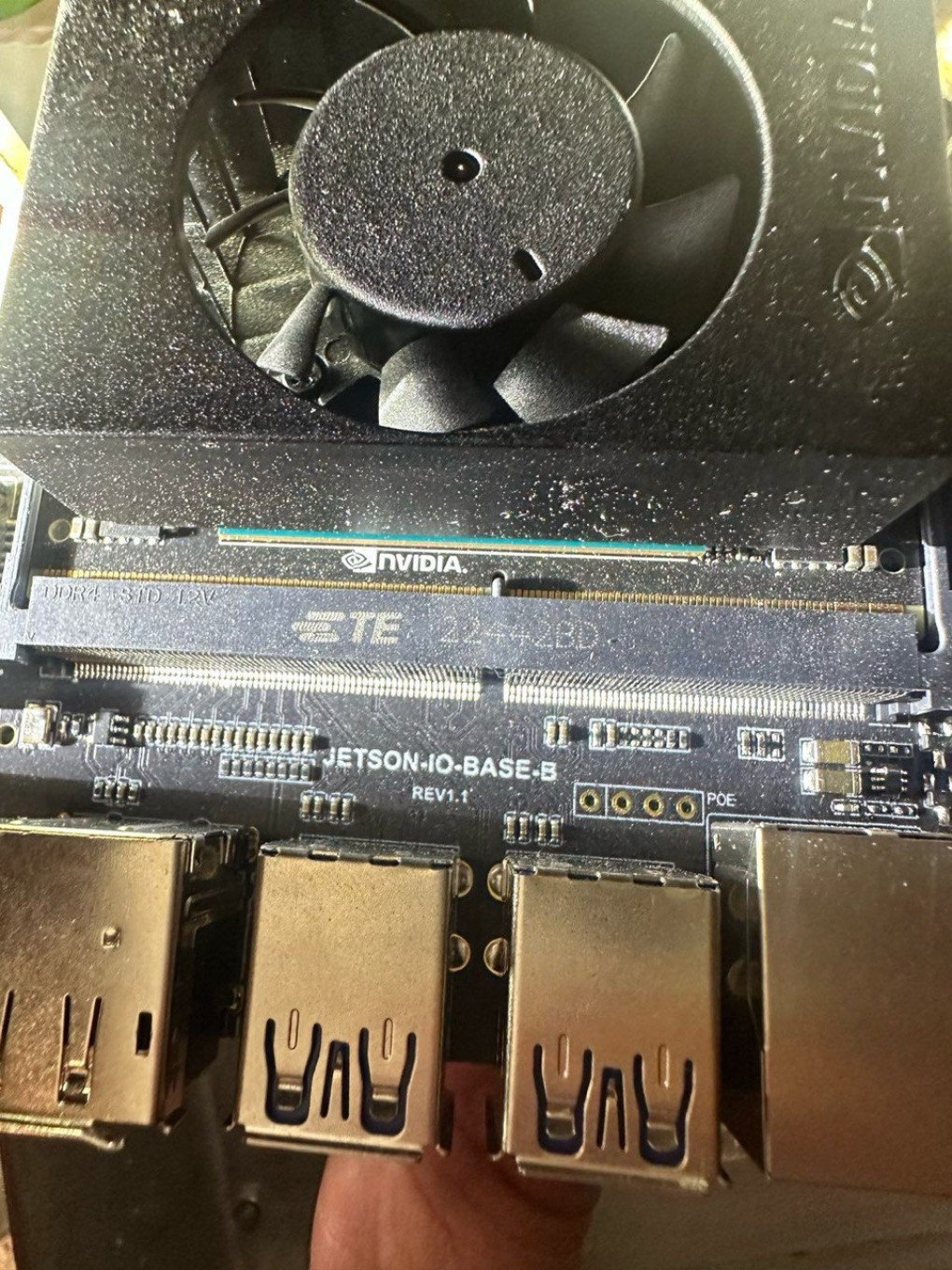
This system is believed to enable AI-powered features such as target recognition and autonomous terminal guidance—functions that could allow the drone to maneuver and strike targets even in GPS-denied environments or when jammed by Ukrainian defenses.
The system also includes a new Ezcap video encoder that converts analog camera feeds into a full HD digital stream (1920×1080p at 60 fps), indicating potential real-time data transmission for mid-flight targeting or surveillance.
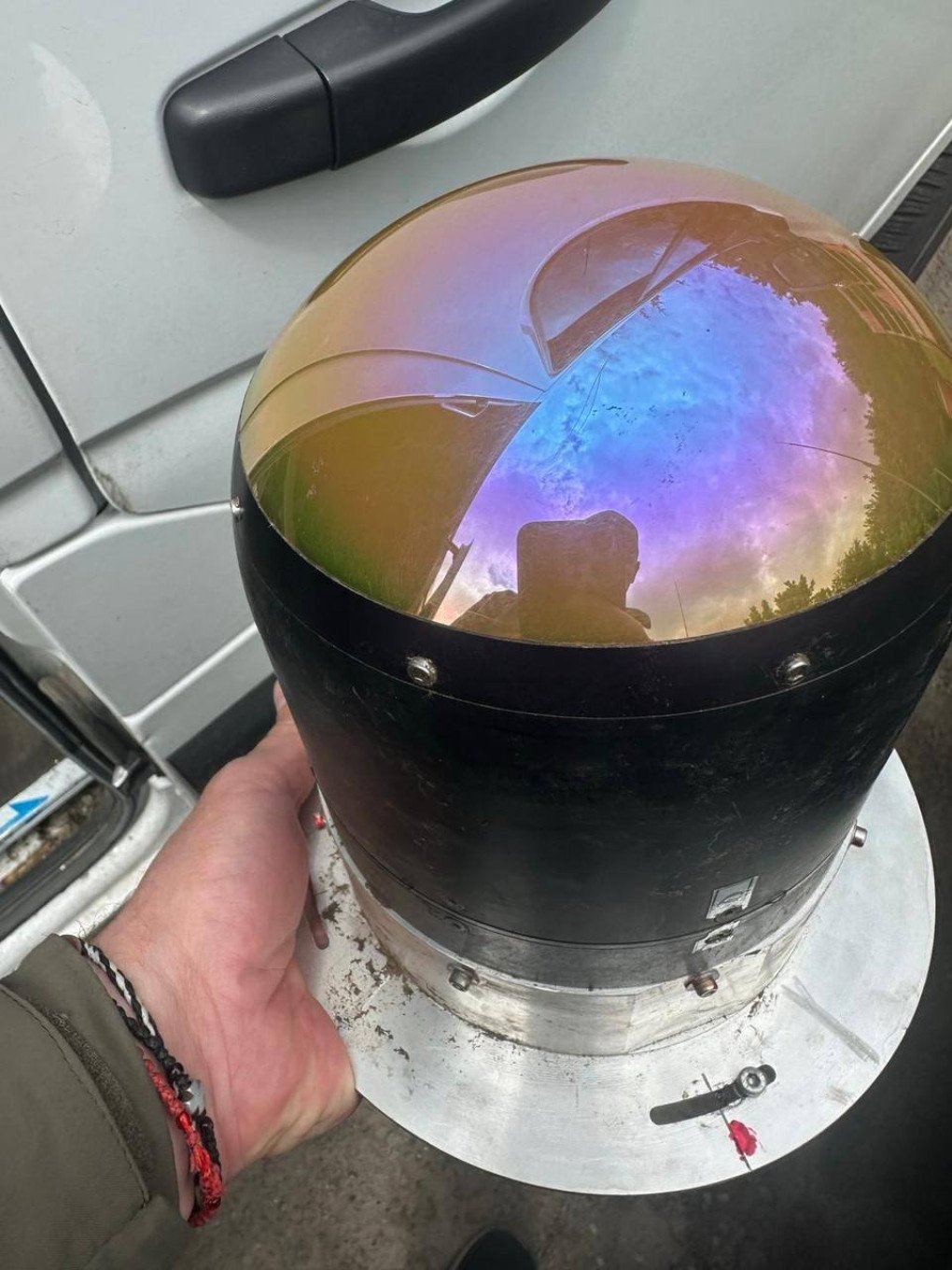
A 4-element CRPA (controlled radiation pattern antenna) array—designed to resist electronic jamming—has also been added.
Notably, this version uses an Xilinx-manufactured field-programmable gate array (FPGA) for signal processing, replacing the previously used Chinese BMTI chips. This could suggest a shift toward more reliable, Western-sourced components.
Iranian sourced, assembled in Russia
Despite the Russian markings, analysis of the UAV’s internals and manufacturing quality indicates the components are likely of Iranian origin, with final assembly performed in Russia.
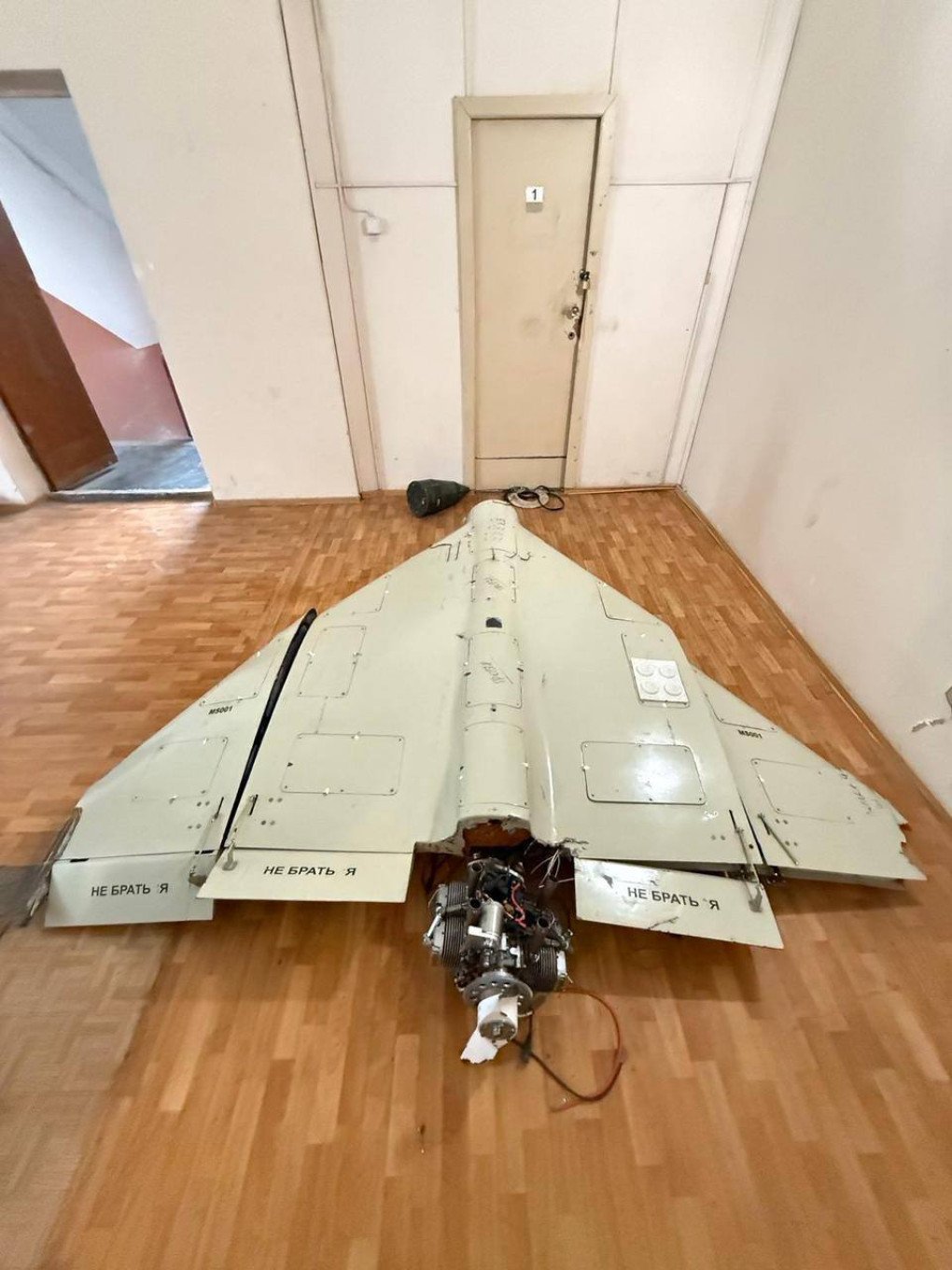
The presence of numerous imported parts—some from Western manufacturers—raises fresh questions about the enforcement of sanctions and export controls.
The new version may also include a night-vision camera, although HUR has not yet confirmed the manufacturer.
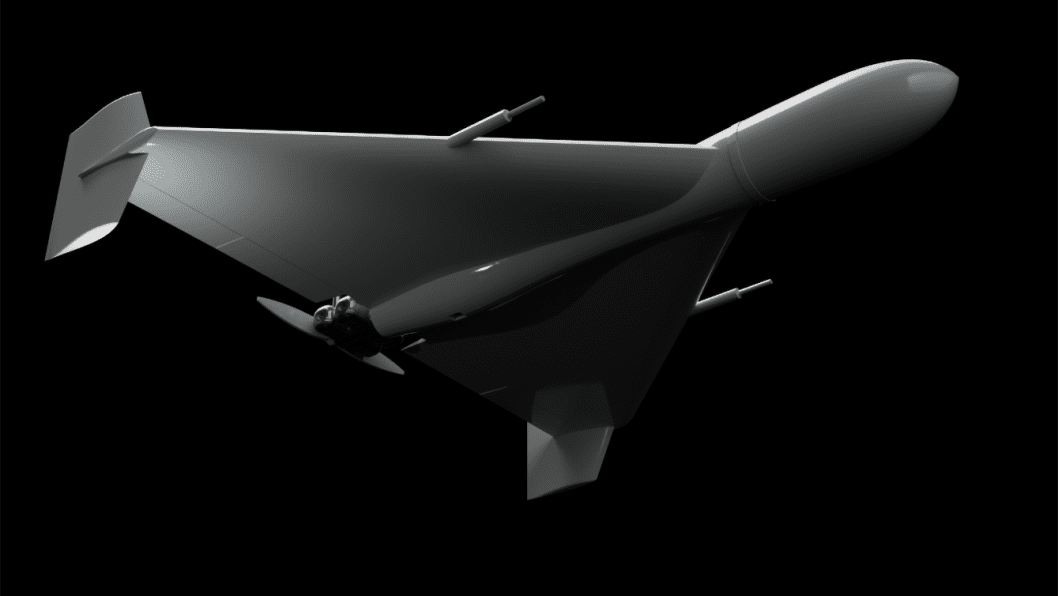
“The overall construction quality is high,” HUR notes. “But it remains unlikely that Russia can produce this entire platform domestically. Final assembly appears localized, but many key technologies are foreign-made.”
While the use of AI for real-time rerouting or evasive maneuvers in response to air defenses remains unconfirmed, the upgraded design clearly points to increased autonomy and lethality.
-1afe8933c743567b9dae4cc5225a73cb.png)
Foreign electronics in a Russian war drone: the full breakdown
The HUR also shared with UNITED24 Media the full list of 97 foreign-made components recovered from the downed drone’s onboard systems. These components were traced back to manufacturers in the following countries:
United States – 65 components
Texas Instruments – voltage regulators, microcontrollers, operational amplifiers, transceivers
Analog Devices – reference voltage sources, sensors, differential amplifiers
ON Semiconductor (ONSEMI) – transistors, optocouplers
Vishay, CTS, AVX, Littelfuse, Qorvo, Skyworks, Semtech, Monolithic Power Systems, Maxim Integrated, National Semiconductor, and others
Key functions: power regulation, signal amplification, real-time control, RS-232 drivers, memory, and AI processors
China – 8 components
XLSEMI, WeEn Semiconductors, GigaDevice, EGmicro, and others
Used for: DC converters, MOSFETs, microcontrollers, motor drivers
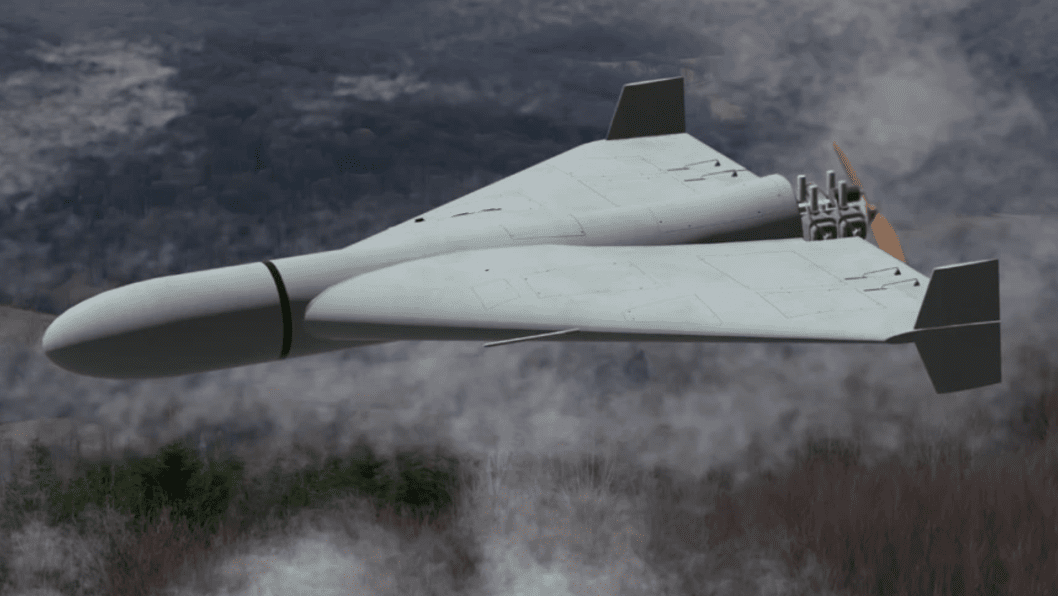
Switzerland – 8 components
STMicroelectronics, U-blox, TE Connectivity
Used for: GNSS modules, voltage regulators, microcontrollers, pressure sensors
Japan – 4 components
Toshiba, Renesas, Murata
Used for: voltage references, high-speed optocouplers, PWM controllers
Germany – 3 components
Infineon Technologies, Pierburg
Used for: MOSFETs, fuel pumps
Taiwan – 3 components
Panjit, Winbond
Used for: Schottky diodes, flash memory
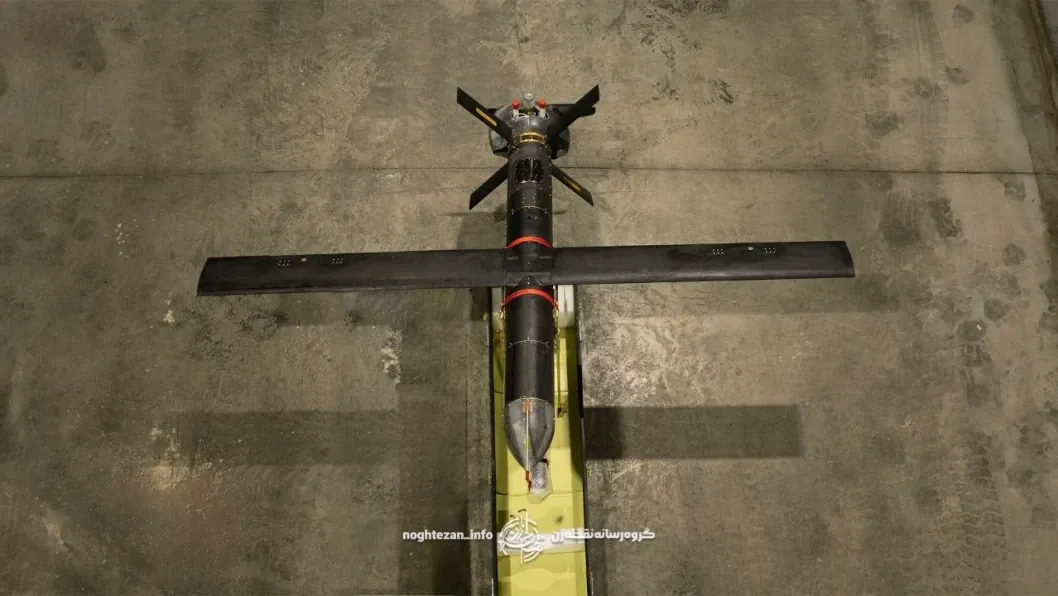
Austria – 1 component
ams-OSRAM – angle sensors
South Korea – 1 component
RN2 Technologies – RF components
Netherlands – 1 component
NXP Semiconductors – microprocessors
Unknown Origin – 3 components
Markings could not be definitively traced
Earlier, reports emerged that North Korea was considering dispatching up to 25,000 workers to Russia to learn drone production and operational skills.
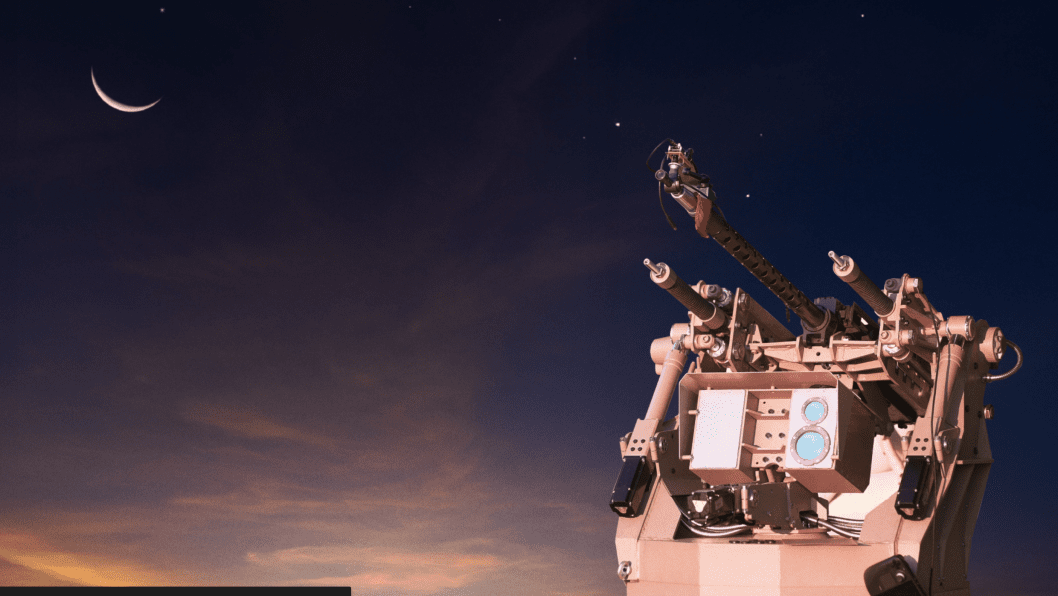
$1,500,000 towards 10 Ukrainian AI-Controlled Turrets.
.png)




